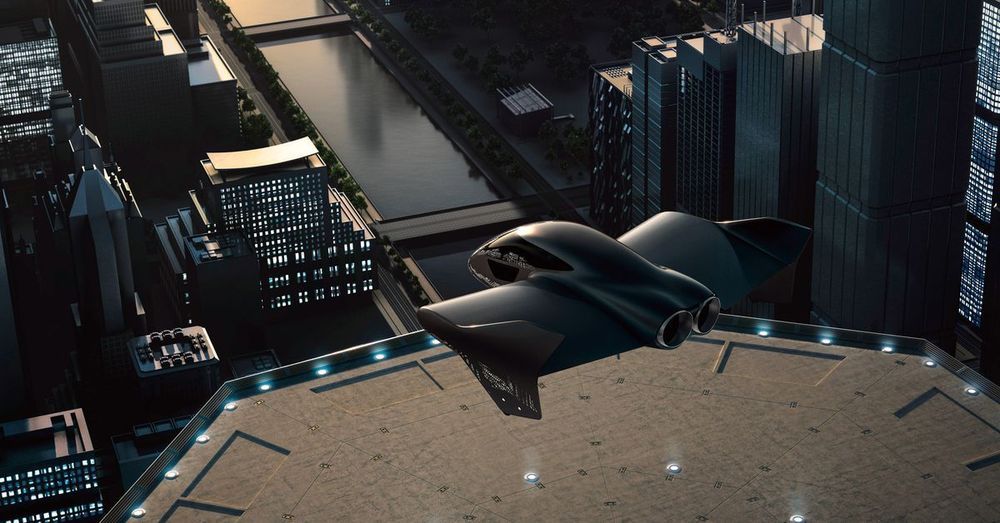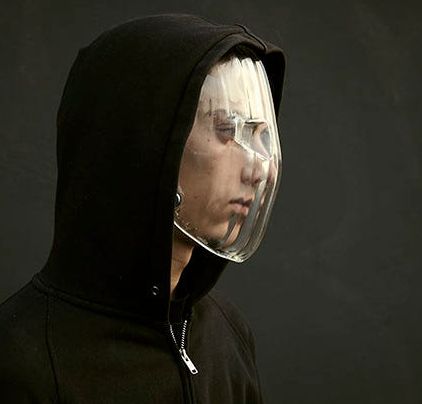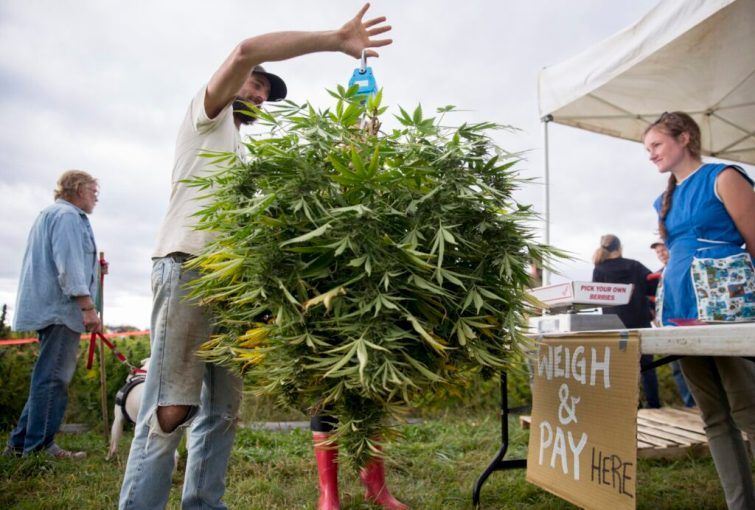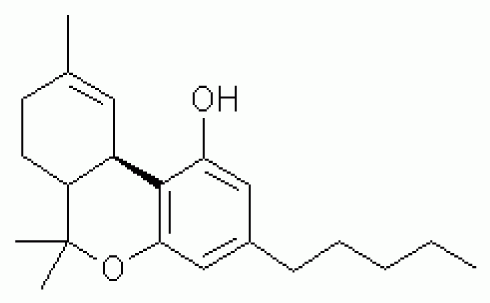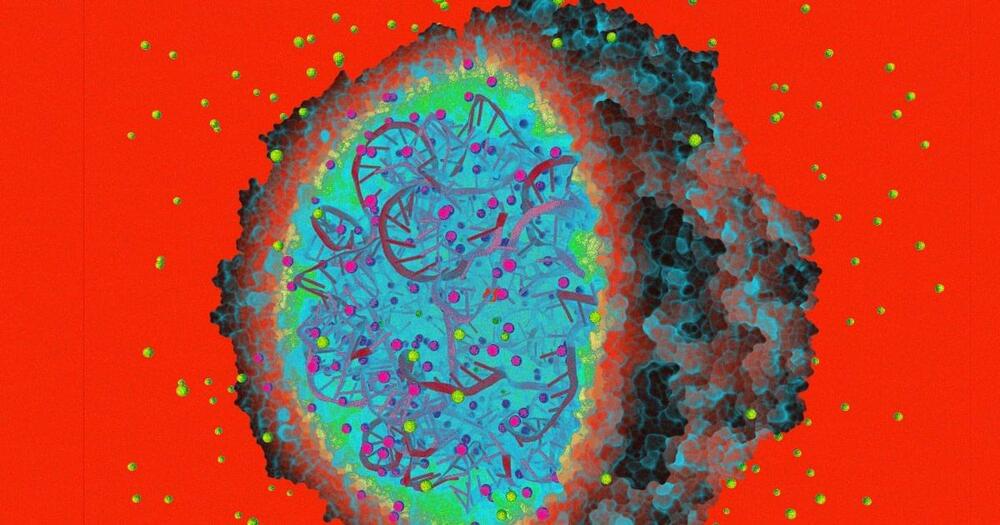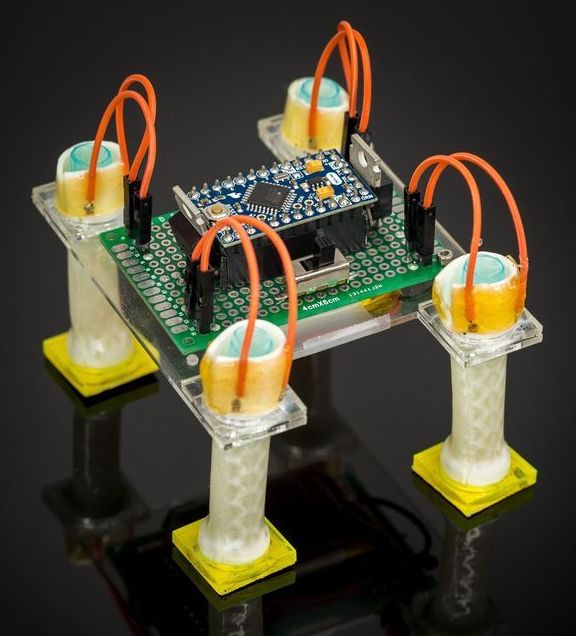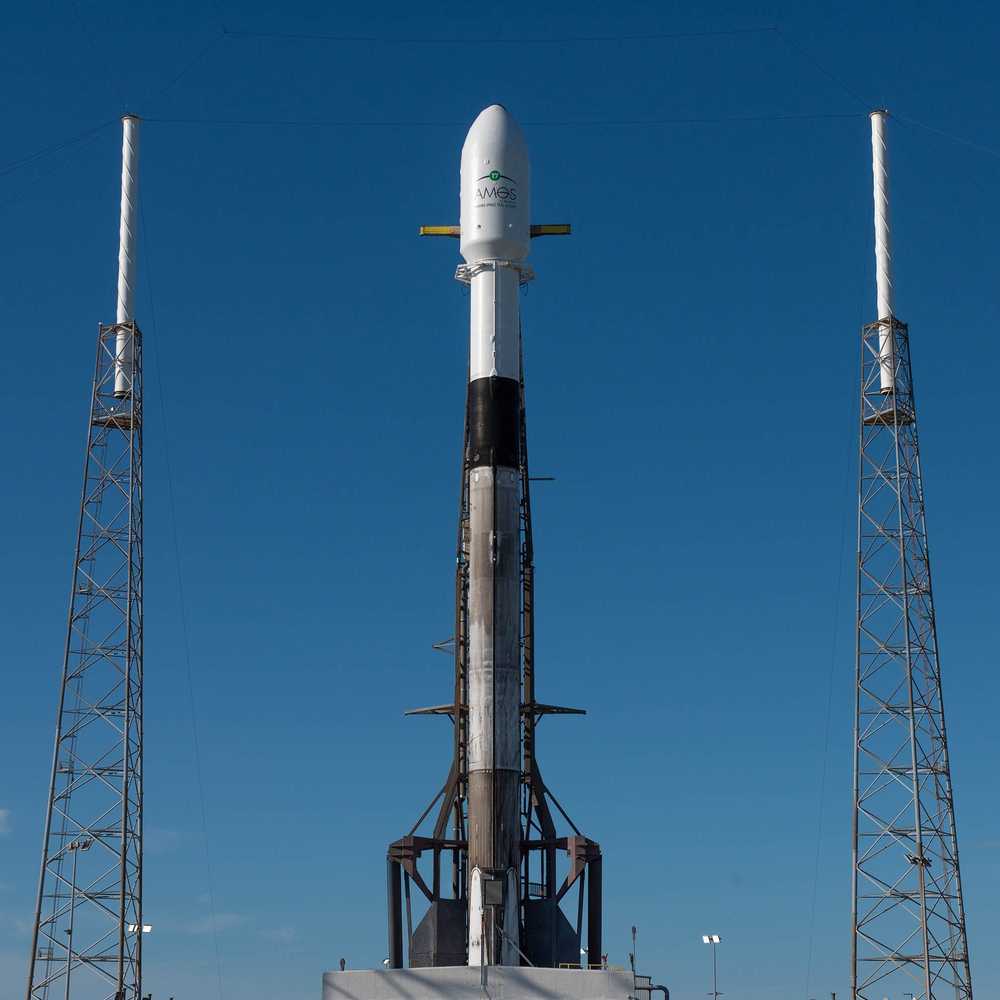Porsche and Boeing are teaming up to build luxury, electric-powered vertical takeoff and landing (VTOL) aircraft for rich people to fly above traffic-choked cities. They are the latest companies to announce intentions to explore the risky and potentially dangerous urban air mobility market.
Porsche and Boeing have signed a nonexclusive memorandum of understanding, which means they will look for ways to work together, but they aren’t locked into a binding agreement. As part of the partnership, the companies say they will “create an international team to address various aspects of urban air mobility, including analysis of the market potential for premium vehicles and possible use cases.”
The word “premium” would seem to indicate that this won’t be a “flying car” for the masses, which is fair considering we’re talking about Porsche here. Many companies interested in creating a network of electric flying taxis have stretched credulity by insisting that people at all income levels will be able to afford to purchase tickets. But given the costs associated with creating an infrastructure to support electric vertical takeoff and landing (eVTOL) aircraft, including landing pads and charging stations, it seems clear that it will be marketed toward the very wealthy — at least to start.
